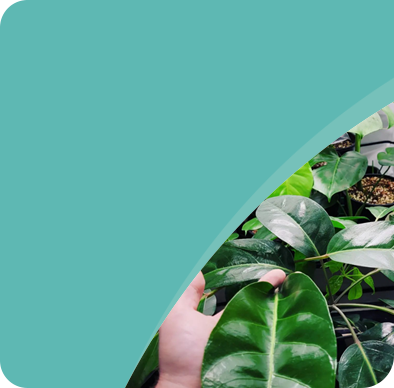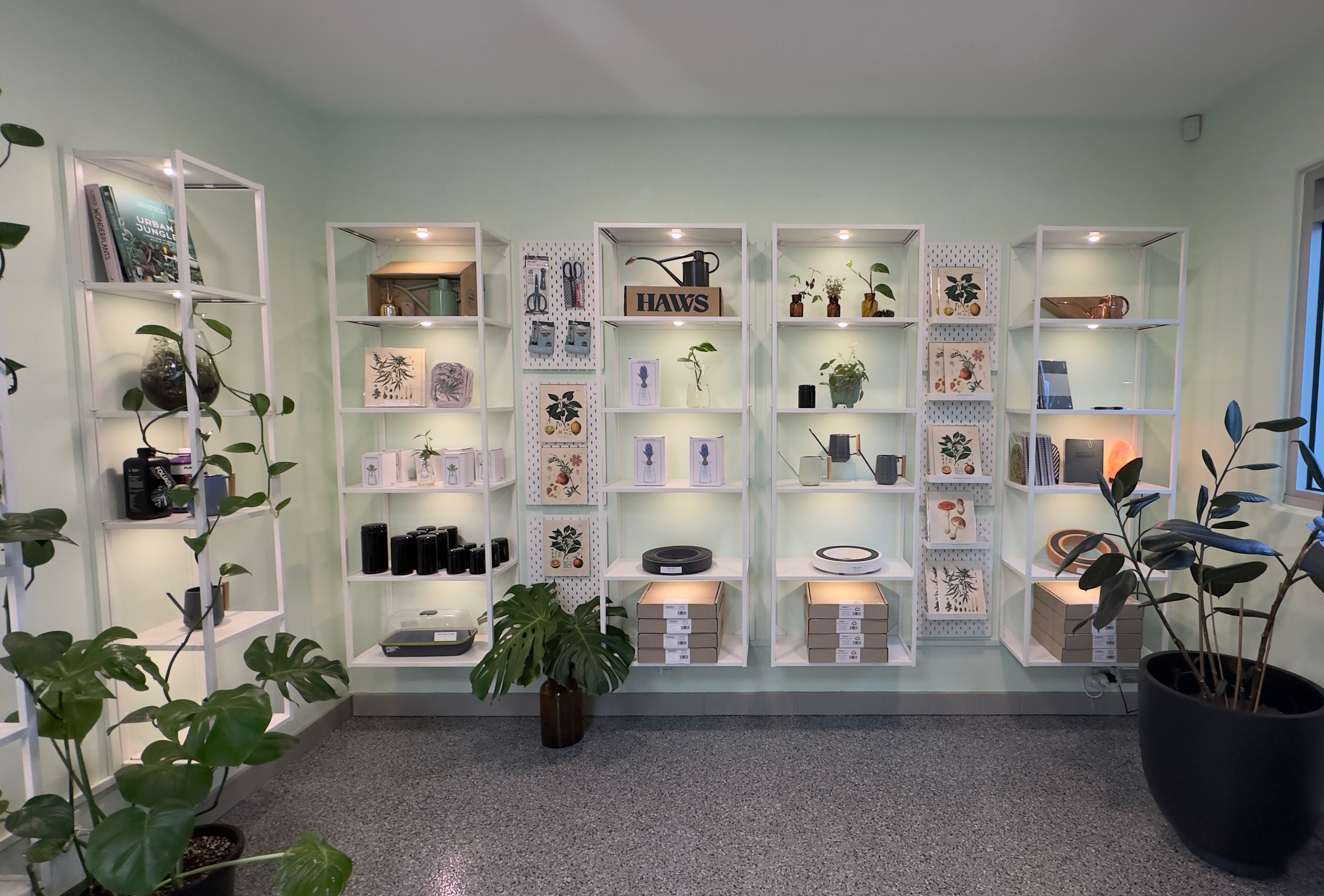Much like the plants in your outdoor garden, not all indoor plants thrive under the same conditions.
You might find your peace lily stretching towards the window, or your kitchen herbs stuck in a growth rut with stunted foliage. The culprit is usually the same: inadequate light.
Shifting your indoor plants around isn’t always possible, meaning that artificial light might be the better option.
Now, regular lamps might do the trick for reading a book, but they’re not always up to the task for nurturing healthy, robust plant growth.
The difference between regular lamps and proper grow lights can make or break your indoor garden.
You can avoid common pitfalls and unlock better growth by understanding more about what your indoor plants truly need when it comes to light choice.
If you’re feeling unsure, drop by A-Grade Hydroponics in Cheltenham or give us a ring. We’re always here to help you find the perfect lighting solution for your indoor oasis.
Why Extra Light is Important for Indoor Plants
Indoor plants often struggle to get the same natural light they’d enjoy outdoors. Even if you place them near a window, factors like seasonal changes, window tinting, and shadows from nearby buildings can limit the light they receive.
Plus, as the sun shifts throughout the day, the intensity and angle of natural light vary.
For many indoor growers, especially during winter, there simply isn’t enough consistent light to support healthy growth.
The Difference Between Regular Lamps and Grow Lights
When it comes to indoor growing, not all lights are created equal. Regular lamps brighten a room, but they’re not really built for plant growth. It’s where grow lights offer a distinct edge.
Spectrum and Intensity
Regular lamps, like household LEDs or halogen bulbs, are designed to illuminate your space. While they’re great for seeing, they usually lack the specific wavelengths - blue and red light - that plants need to thrive.
Grow lights, on the other hand, are engineered to mimic sunlight. They emit a balanced spectrum tailored for plant growth. This ensures your indoor plants get the intensity and light quality they need for vigorous development.
Heat Output
Another key difference is heat. Regular lamps with the wrong bulb can produce more heat than your plants can handle, leading to leaf burn or dry soil.
Quality grow lights like the LUMATEK 100W LED Supplemental Grow Light Bar deliver bright light without turning your rooms into a sauna.
Types of Grow Lights to Consider
From energy-efficient LEDs to budget-friendly fluorescents, there’s a grow light to suit every indoor setup.
LED Grow Lights
LED grow lights, like the Treegers GB15W LED Grow Bulb, are energy-efficient, long-lasting, and versatile. It can be used on any compatible E27 lamp base, giving you a mobile solution for a single plant or tight collection of indoor plants. Also available in 30W for when you need even brighter light
Fluorescent Grow Lights
If you’re just starting out or growing leafy greens, fluorescent lights like T5 Fixtures can be a gentle option. They provide a softer light that’s ideal for seedlings and cuttings, with minimal heat output.
When Can Regular Lamps Work?
There are some scenarios where regular lamps might still be useful. For instance, if you’re simply adding a bit of brightness to a well-lit room, or spotlighting a single plant, a warm-white LED lamp can be enough.
But for serious growth, don’t rely on standard lamps.
Indoor plants need more than a warm, gentle glow. They need the power and spectrum of dedicated grow lights to produce lush foliage and healthy yields.
Key Tips for Setting Up Grow Lights
Getting your grow lights set up properly is essential for your indoor garden’s success. Here’s how to place, time, and tweak your lights for the best results.
Mind the Distance
Even with quality grow lights, placement is important. You want to keep them close enough to provide sufficient intensity, but not so close that they stress your plants.
Set a Timer
Plants need rest, too! Mimic natural day/night cycles by using a timer. This should typically be set for 12–16 hours of light, depending on the plant and stage of growth.
Monitor and Adjust
Checking your plants regularly for signs of stretching or leaf curling is also important. A Treegers Quantum PAR Meter measures the actual amount of photosynthetically active radiation (PAR) reaching your plant canopy, helping you adjust the height or angle of your grow lights.
Small tweaks based on these measurements can make a big difference in your indoor garden’s health and yield.
Your indoor plants need a full spectrum of light and intensity to thrive. While regular lamps might offer a convenient glow, grow lights deliver targeted, plant-friendly rays that boost photosynthesis and growth.
Still feeling stuck? Check out the full range of grow lights and accessories at A-Grade Hydroponics. We’ll help you find the perfect setup for your indoor plants. Because healthier plants start with the right light.




